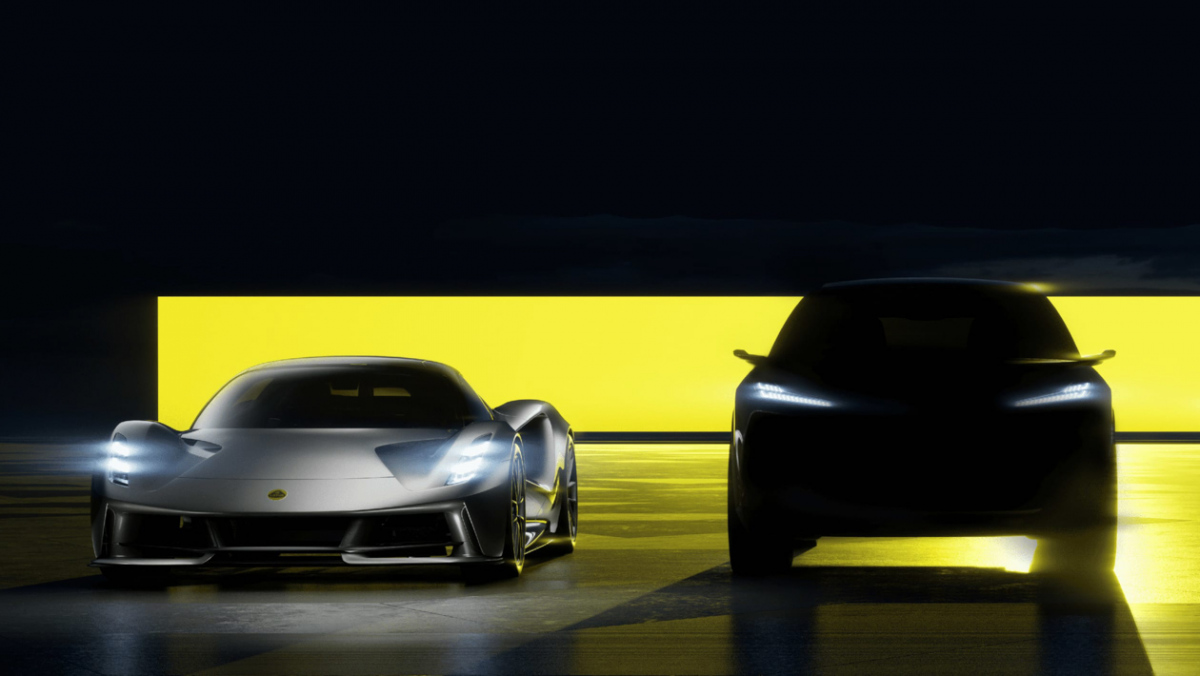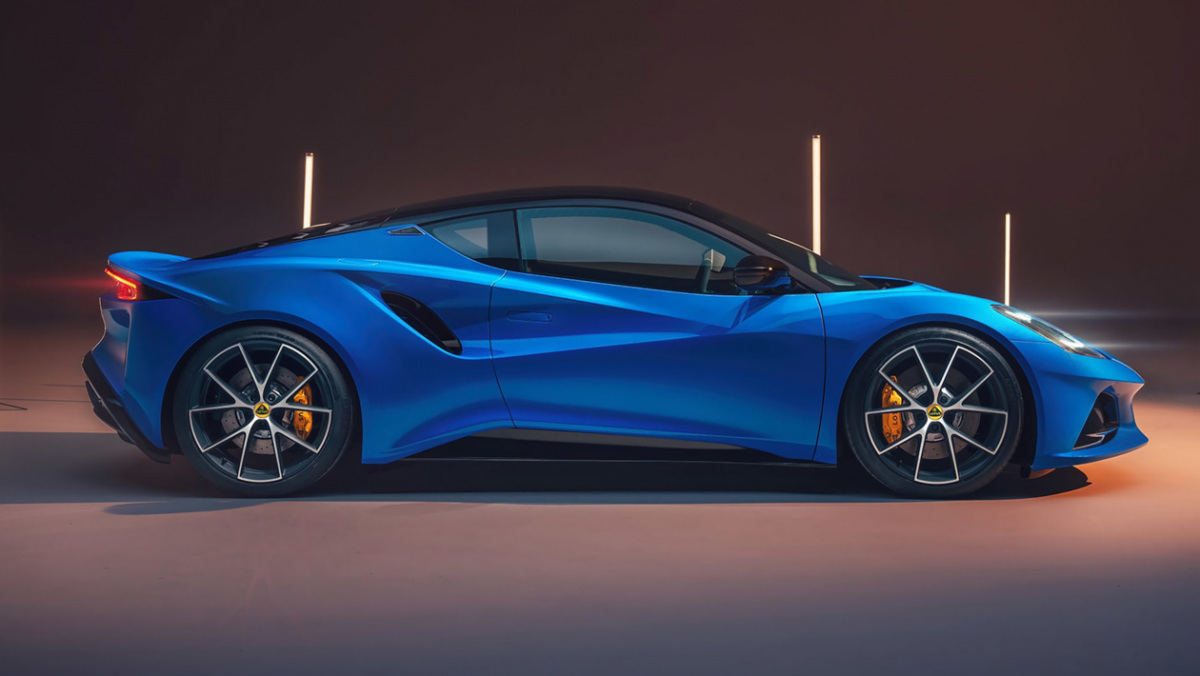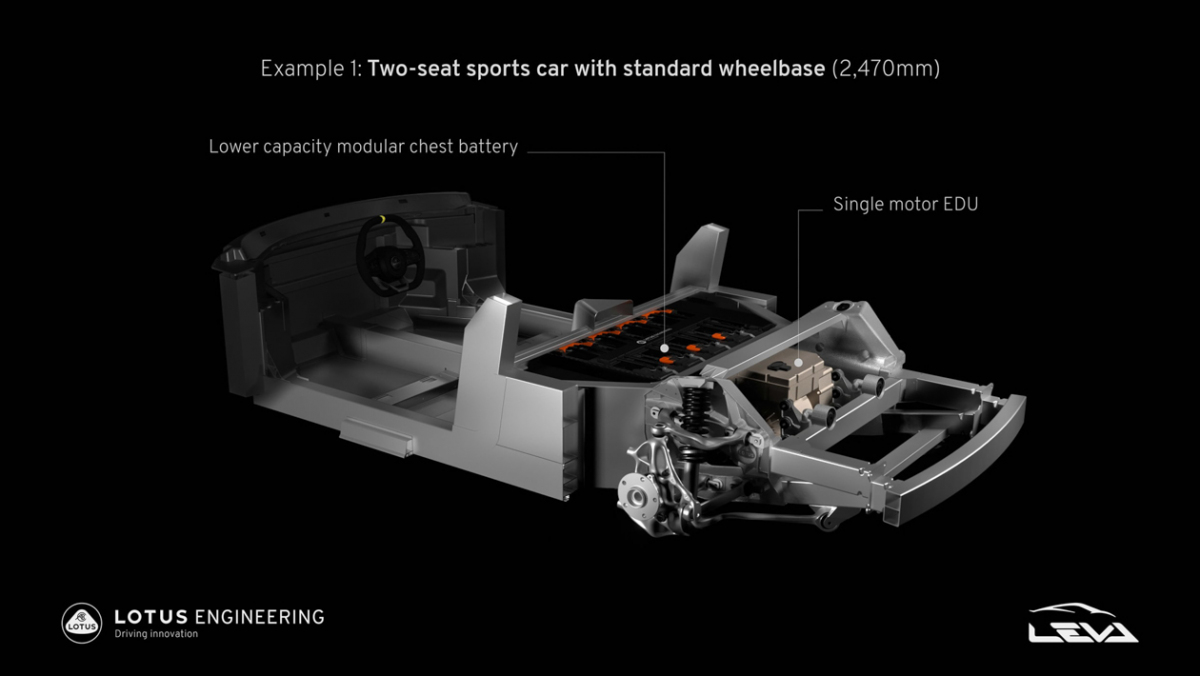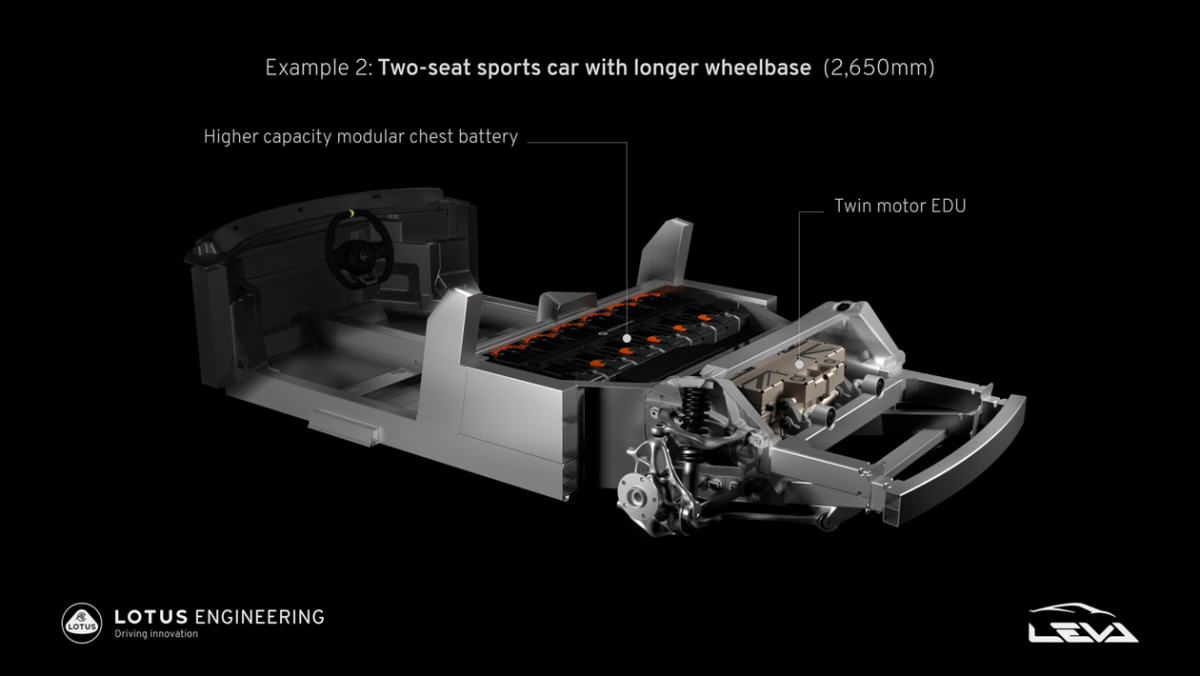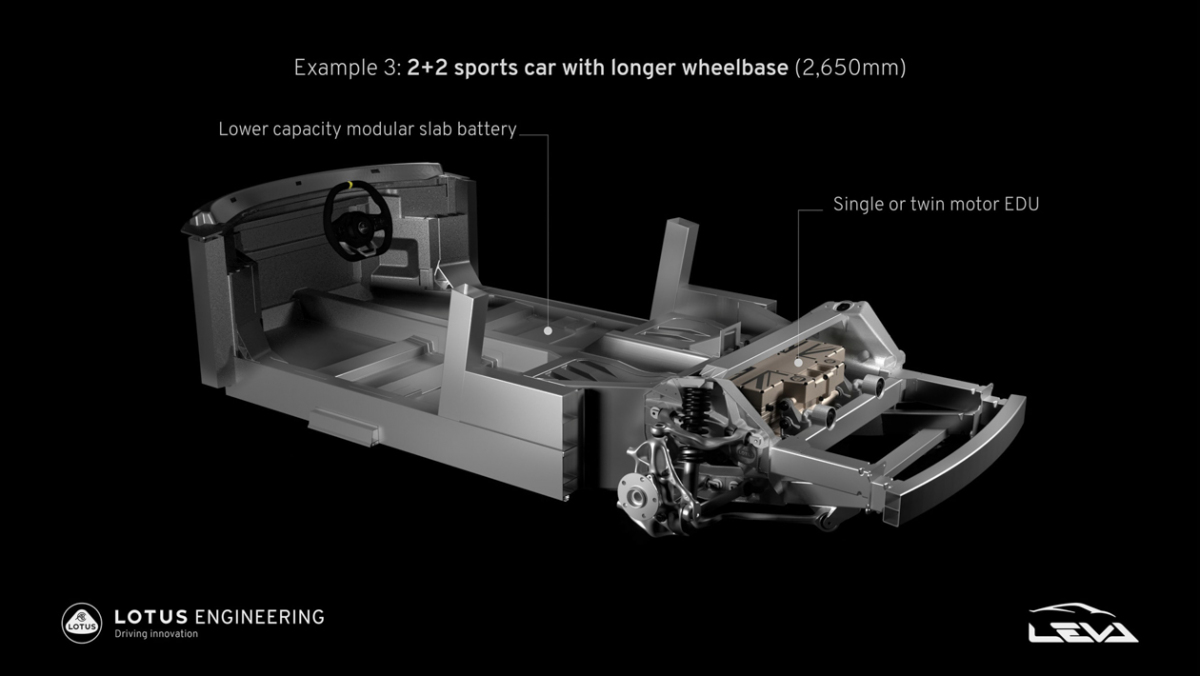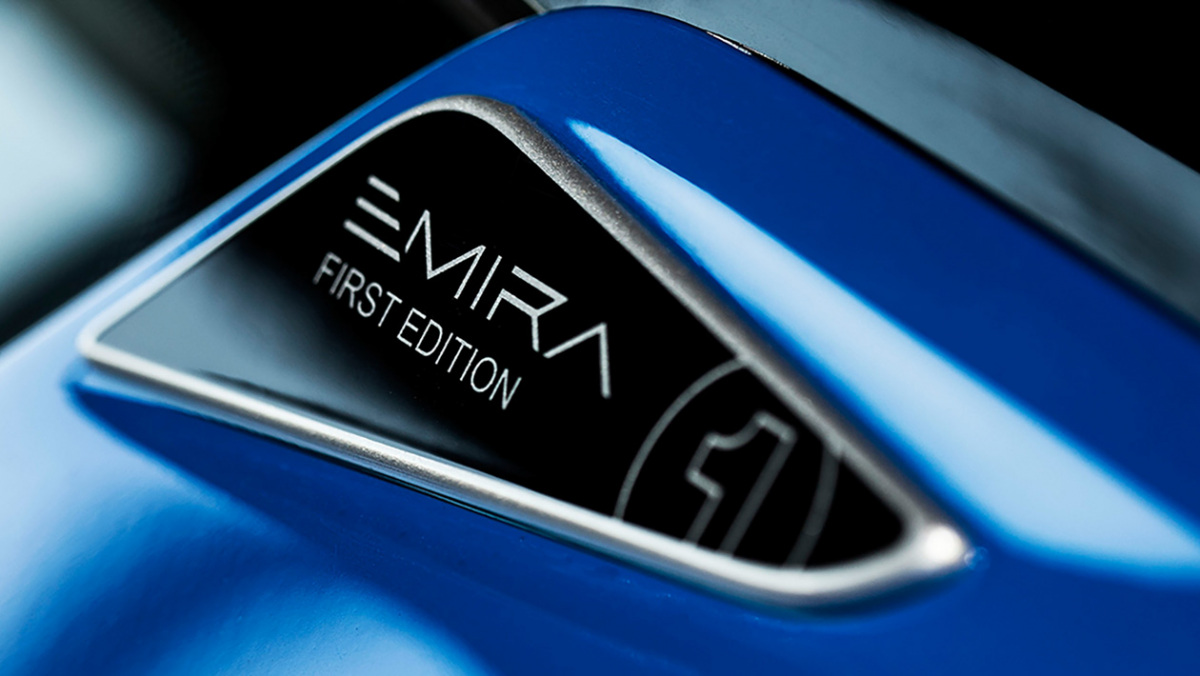A new production facility in China, and technical partnership with Nio to result in a wave of new models
Lotus has laid out ambitious plans to launch four new all-electric models in four years, with two SUVs, a sleek four-door coupe and, most interestingly, a sports model by 2026.
We’ve seen this type of proposed rapid expansion from Lotus before, but there’s plenty of evidence to suggest that it could be realised this time around, built upon a foundation hedged by majority shareholder and technical partner Geely automotive.
Lotus Technology, a subsidiary of Lotus itself, will form the technical underpinning of the planned expansion with a new global HQ to incorporate both an R&D hub and manufacturing facility only months away from its completion. Alongside this announcement, Lotus has also confirmed it’s entered into a new technical partnership with high-end Chinese EV specialists Nio, who is already a market-leader locally, and one keenly eyeing international markets with its high performance SUVs and saloons.
> Lotus Type 62/2 coachbuilt by Radford debuts at The Quail
As well as acting as a global HQ, its manufacturing facility capable of producing 150,000 units annually will form a home for these new models which will supplement British production of the Evija hypercar and new Emira sports car.
All new Lotus EV models will be built from a bespoke electric component set that is modular in design. It’ll serve models from C to E segments, with battery packages ranging from 92 to 120 kWh (equivalent to a Porsche Taycan at the lower end and the Mercedes EQS at the higher) that are compatible with an 800V charging system.

The models themselves will appeal to a more typical EV customer base, with an Audi Q8-sized electric SUV codenamed Type 132 to be the first model out the door in 2022, with a low-slung four-door coupe aimed at the Taycan and Audi’s e-tron GT due the year after. A smaller SUV will then follow in 2025, with a final ‘sports car’, this one to be built back in the UK, due in 2026. While these different models are ambitious in scale, they will all share the same fundamental underpinnings, pooling development costs and increasing Lotus’s purchasing power for elements being purchased by third party suppliers, such as the batteries themselves.
So the full realisation of Lotus looks to be on track, and while Geely automotive and Lotus’s executive team ensure that peerless design and engineering will always form a key element of future models, how much of Colin Chapman’s ‘simplify, then add lightness’ mantra remains is still to be determined. We’ll be looking at its future plans with great interest.
This article originally appeared at evo.co.uk
Copyright © evo UK, Autovia Publishing


